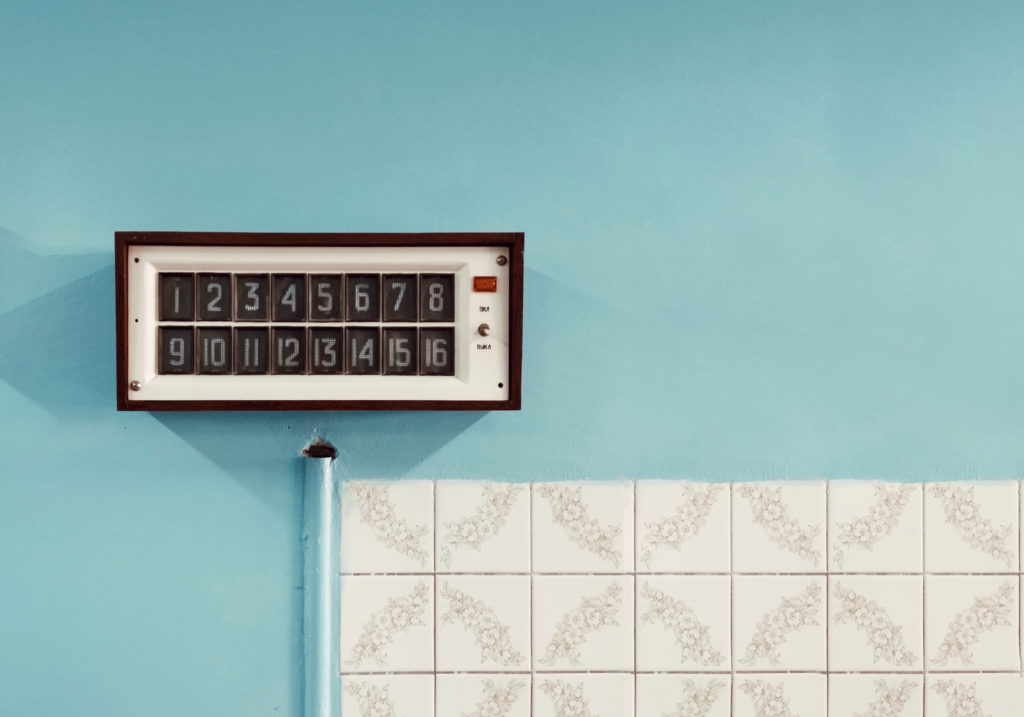
Insights
June 22, 2021Shipping goods within the EU – these are the new VAT rules
As of 1 July 2021, a lot will change for entrepreneurs who sell products to private individuals (or entrepreneurs without a VAT ID number) in other countries within the EU. For example, when selling jewellery, ceramics or clothing through a webshop. Whatever products you’re selling, keep in mind that the rules for declaring VAT will change from 1 July.
Current situation
Currently, a so-called ‘distance sale’, i.e. selling products to a private individual or organisation that is non-taxable and that’s in a different EU country is generally taxed in the Netherlands. But every EU country has its own threshold for the amount liable to VAT you should take into account. If you exceed this threshold, the sale is taxed in your customer’s country. In that case, you’ll need to register as an entrepreneur to declare local sales tax, which is quite complicated and can provide a lot of extra paperwork!
New situation as of 1 July
As of 1 July, these thresholds for distance sales will expire and the goods will, as a general rule, always be taxed in the recipient's country. For you, as an entrepreneur, this means that you must declare the VAT in that country. However, an exception is made for small businesses. Is the total cost of the products you ship to customers in other EU countries less than €10,000 on an annual basis? Then you can still opt to charge Dutch VAT and file a Dutch VAT return.
One-Stop-Shop (OSS)
Do you supply goods to customers in various EU countries and do you want to avoid having to file separate VAT returns in each of these countries? You can now choose to register with the Dutch Tax and Customs Administration for the new VAT One-Stop-Shop (OSS) platform. It allows you to declare the total amount of VAT on your deliveries to other EU countries in a single quarterly return. The tax authorities of the member states that are involved will then handle the rest between themselves.

To be able to use OSS you need to meet the following requirements:
You supply products that are already within the borders of the EU to a customer in another EU country.
ou sell directly to customers who don’t have to declare VAT. This means all private individuals and businesses that are not liable to VAT.
You ship the products yourself. Meaning you’re the one who packs them and takes them to the post office.
You can’t use the OSS platform when you supply VAT margin goods (second-hand goods for example) or new means of transport.
If you supply services to customers in other EU countries, you can also opt to use the OSS system from 1 July 2021. Just like the supply of goods, services fall under the ‘Union Scheme’.
Are the goods you sell from a non-EU origin? As of 1 July 2021, you’ll also need to declare VAT for these products in the country you’re delivering to. For this, you can use the Import One-Stop-Shop (IOSS) platform. To use these schemes, you need to register via Mijn Belastingdienst Zakelijk.
How to prepare
Due to the cancellation of threshold amounts, you may now sooner be obliged to file a VAT return in another EU country than what you’re used to. It’s therefore smart to map out where your customers are located in the EU, how big your turnover in each of these countries is and what VAT percentage applies there.
Consider the consequences this will have for your products. Maybe you should adjust the prices for certain countries? And do you want to display the prices of your products including or excluding VAT to your customers in the webshop? Of course, it’s important that your customer sees the correct price for an article. So check with the supplier of your online sales system what options are available.
Please consider whether you want to make use of the schemes mentioned above, or whether you opt for VAT registration and processing in various EU countries. And make sure you have arranged everything for this new process before 1 July 2021!




